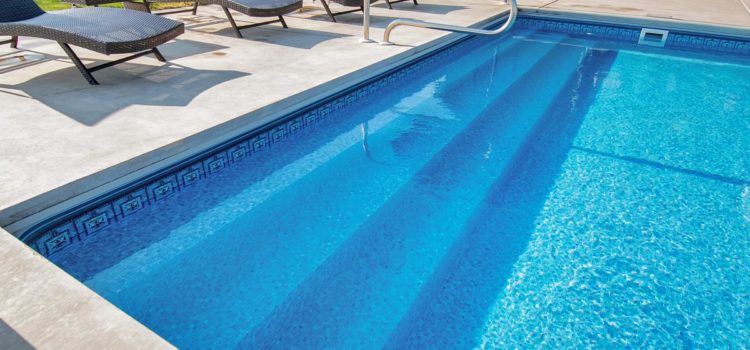
Summer is looming, and its now time to get your patio or garden fully prepared to make the most of this beautiful time of the year. It’s also the perfect time to start thinking about your swimming pool, which is the ultimate option to beat the heat! More and more families are deciding to install a swimming pool on their property. Fortunately, there’s a whole range of swimming pools available on the market, each designed to fit different budgets. Let’s check them out! Beware: Some of them will tickle your fancy!
Raised Pools
Above-ground pools are the cheapest option when it comes to construction. Most above-ground pools are made from pre-made kits that even a hobbyist could assemble (although most people hire professional installers). First, the installers level the floor to form a flat surface for the pool construction. They then create the pool’s perimeter, which supports the outer wall (made of metal, plastic, or wood).
Next, sand is spread in the area where your pool is to go, and the pipes are laid. Lastly, they line the walls with vinyl siding, fill your swimming pool with water, soften the liner, and set it in place. The moment the pump and filtration system is connected, the pool is ready to go. The main disadvantage of this type of pool is that they are less durable than other designs and generally less attractive. They are also less permanent, which can be a positive point, as it is relatively easy to dismantle them, move them to a new location, and reassemble them.
Fibreglass Pools
Fibreglass pools are made of plastic-reinforced fibreglass, which has been moulded into a basin shape. A construction crew digs a hole of the appropriate size to install the pool, runs the necessary pipes, adds some sand fill, and inserts the pre-made pool structure into the hole. After levelling the pool, all lines are connected, and the area surrounding the pool is filled. In general, these types of pools are covered by a concrete structure.
Poured Reinforced Concrete Pools
Concrete pools are similar to gunite pools, but they are much more challenging to build. Instead of spraying concrete material around a reinforcing frame, the concrete is poured. With the rise of gunite methods, the poured concrete method to build a swimming pool has been deprecated. The walls of the swimming pools built through the masonry method are made with concrete blocks.
Although these pool designs are very different, they are all based on the same basic plumbing and filtration systems.
Vinyl Liner Inground Pools

In-ground pools lined with vinyl are structurally very similar to above-ground pools, but they are more like conventional in-ground pools in design. The construction crew digs a hole and assembles a metal, plastic, or wooden frame around the hole’s perimeter. As in an above ground pool, the equipment puts sand to the bottom of the hole and secures the vinyl liner to the structural wall. These pools are much cheaper than other floor designs, but not as durable. Typically, the liner should be replaced about every ten years.
Floating Pool
A swimming pool built on the ground may appear to be a solid, immovable structure, but it is actually somewhat similar to a boat in that it can float on the surrounding groundwater. When the pool is empty, the pressure of the groundwater can even push up its structure. Therefore, water will fill the pool throughout the year (the pressure should be approximately equal on both sides of the pool).
The most modern pools have a special hydrostatic valve on the ground near the main drain. This valve serves to prevent damage caused by groundwater pressure. If the groundwater pressure is strong enough, the upward thrust can open the valve. When the valve opens, the groundwater flows and regulates the pressure.
Is your pool leaky, or do you need expert swimming pool advice? Get in touch with leakinc today! They’re your roofing doctors in Sydney!
